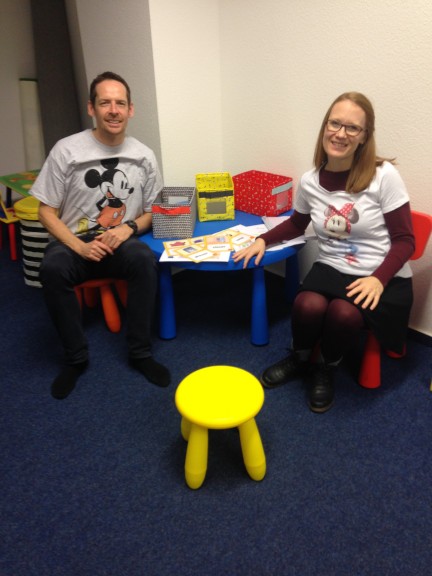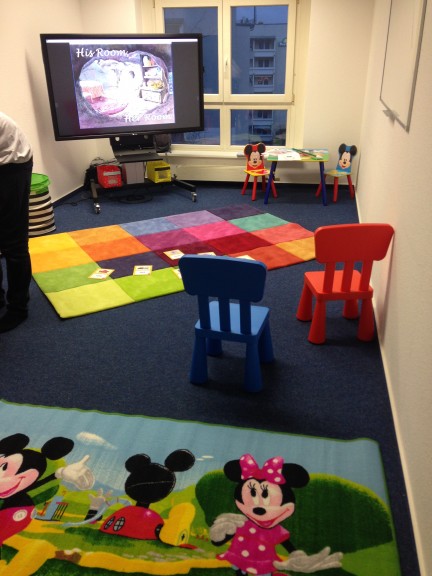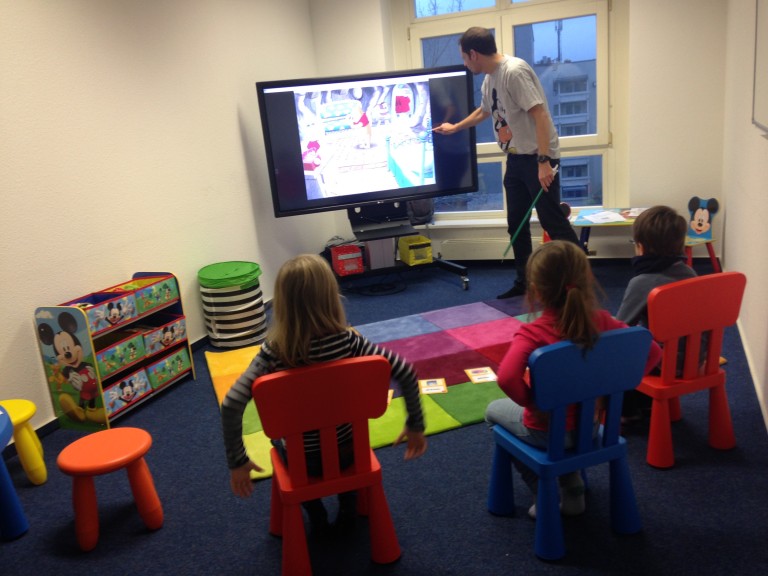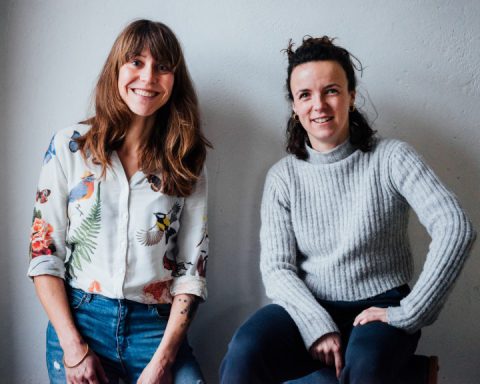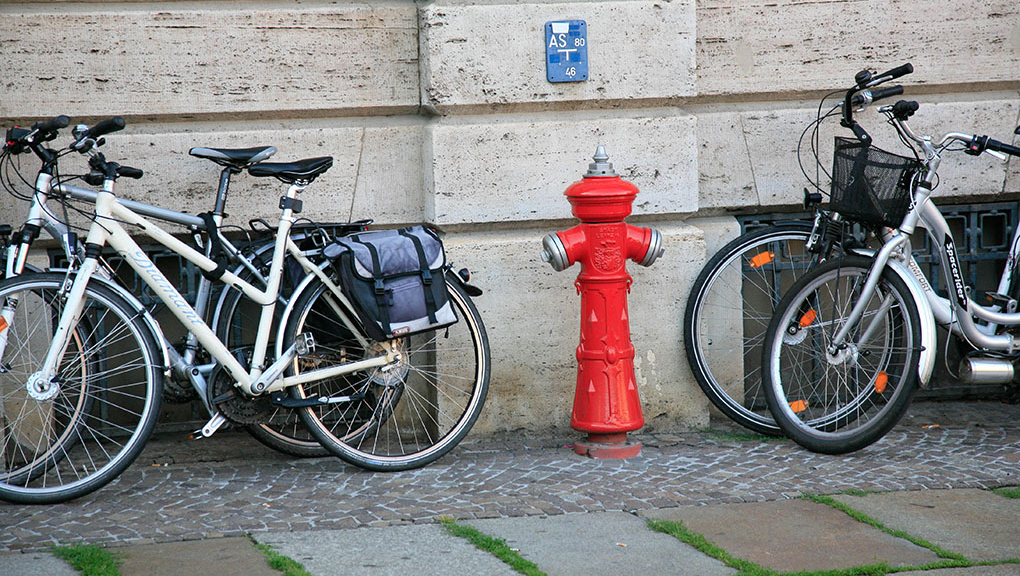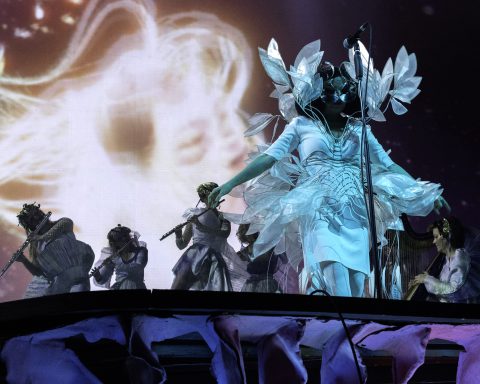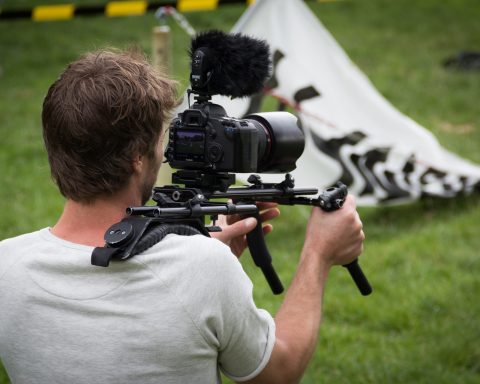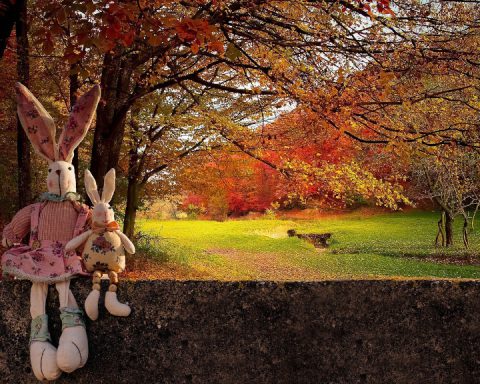The word “earworm” stems from the German “Ohrwurm,” describing a tune that loops over and over in one’s head. There’s little doubt Disney songs would fall into this category.
Whether or not you’re a fan of Disney, it’s hard to deny its global influence. For some of us, even our parents and grandparents carried these lovely earworms with them long enough so they could pass it on to their descendants.

If you’re a millennial who grew up in a liberalized country (or spent your formative years in a reunified Germany), you were likely exposed to the incantations of Disney characters at home or in school. We learned new words from them as we were first learning to speak and read. In our own languages, due to the magic of localization (dubbing).
So it makes perfect sense for Winnie the Pooh and friends to also help teach English in non-English-speaking countries.
Uncle Walt’s savvy company caught on to this. Since 2008, its subsidiary Disney English has been teaching English to children in mainland China, spreading from Shanghai to five other cities. The method involves interacting with characters, stories and songs digitally, and also via flashcards and drawing.
It’s now made its way to Leipzig, through inlingua Sprachschule. Peter Bartolomy, English teacher at the school’s local branch, explains that inlingua has become Disney English’s exclusive European partner. The school has been teaching the method for the past three years, starting in Italy and now reaching Austria and Germany.
“It’s visually engaging for the kids and not like a typical lesson,” says Bartolomy. “They already know the characters, and it helps with retention.”
They want to come and learn, and this plays a huge role in their learning.
On a recent afternoon, Bartolomy gave a Disney English sample lesson to three kids aged 5-6. He laid out six big, colorful flashcards across a colorful carpet: SOFA. BED. DRESSER. PHONE. LAMP. CLOSET.
Throughout the lesson, these six words were repeated in fun ways on a big TV touchscreen, via animation, captions and songs (alternatively or all at once). They were combined with some grammar, also in storybook format, and the teacher spoke English with the children the whole time.
To help with immersion, the whole environment had been decorated Disney style – including the teacher.
There were plenty of scenes from Disney movies, where a parade of characters engaged with these objects. The children were excited to see and recognize them. But Winnie the Pooh was really the star of the show, showing the children around his cave. You touch the screen – with a Mickey-shaped wand – and the objects in the bear’s cave magically react.
At some point, Bartolomy asked the children to get up from the TV area and sit at a table. There, they colored in and cut out illustrations, once again based on the core objects. They also learned colors: Pooh’s red shirts in the CLOSET, a red LAMP, the colors they themselves painted the illustrations with.
The method uses every opportunity to teach the pupils new vocab, in an active, practical way.
It uses activities the kids probably do at home anyway, and which will help them absorb and keep what they learned. Plus, parents get a USB stick that has songs and materials from that particular lesson, so they can reinforce them with their children at home.
And it’s also fun for the teachers.
“It was really enjoyable,” inlingua teacher Stephanie Rhoades said of a Disney English sample lesson she had taught a couple days before. “I used to do theater, and it was like a rehearsal, like a show with an audience. There’s a visual aspect, action, song, rhythm.”
Disney English lessons at inlingua will have a minimum of three and maximum of eight pupils, with groups aged 3-10. The 60-minute lessons will run once a week, in blocks of 12 or 24 lessons, and five different levels. They start in February 2019.
If you would like a FREE test run of these lessons for your children (or to recommend it to someone you know), there are two chances coming up, at the following address:
inlingua Leipzig
Gutenberg Galerie, Gutenbergpl. 1a-e, 4th floor, 04103 Leipzig
- Wednesday, 30/01, 3:30 PM – ages 3-5: This lesson will be part of the open house and party at inlingua’s new Leipzig location at Gutenberg Galerie. The party itself runs from 2 to 6 pm; there will be free food, drinks, music, a book bazaar, and tour of the premises for current and potential clients.
OR
- Friday, 01/02, 3:30 PM – ages 6-8

